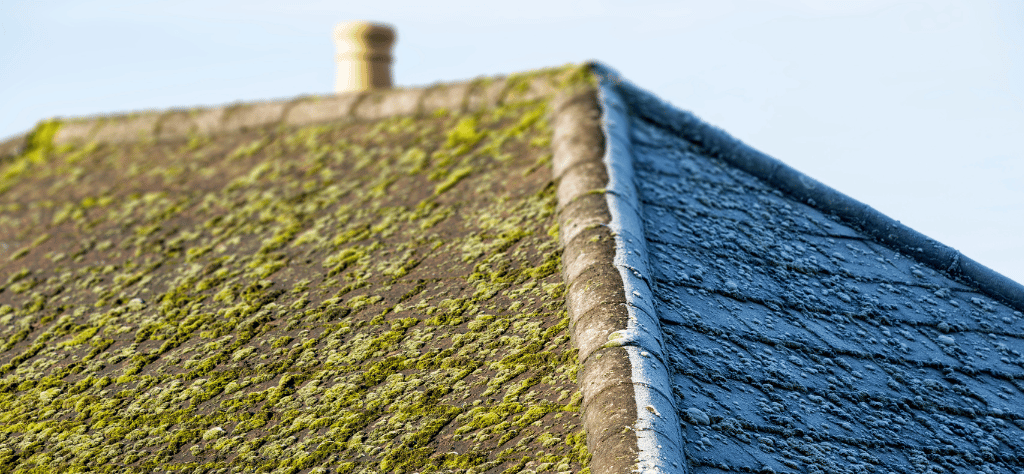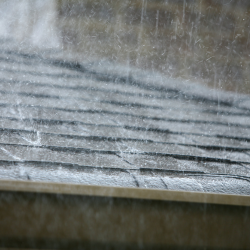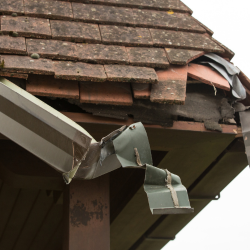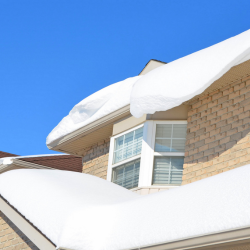
The Impact of Local Climate on Your Roof: What Homeowners Need to Know
Your roof is your home’s first line of defense against the elements, making it a crucial part of your property. The local climate significantly impacts your roof’s longevity and performance. Understanding how weather conditions affect your roofing materials and structure can help you make informed decisions about maintenance, repairs, and replacements. In this article, we’ll explore how various climate factors influence your roof and provide tips for homeowners to ensure their roof remains in top condition.
The Effects of Sun and Heat

Prolonged exposure to the sun and high temperatures can cause significant wear and tear on your roof. UV rays can degrade roofing materials, causing them to become brittle and crack over time. This is particularly true for asphalt shingles, which can lose their protective granules, reducing their effectiveness. Additionally, excessive heat can cause roofing materials to expand and contract, leading to warping and other structural issues.
To combat these effects, homeowners should consider using roofing materials that are designed to withstand high temperatures and UV radiation. Reflective coatings and lighter-colored roofing materials can also help reduce heat absorption, prolonging the life of your roof. Regular inspections and maintenance are essential to identify and address heat-related damage early.
The Impact of Rain and Moisture

Rain and moisture can have a profound impact on your roof. Persistent rain can lead to leaks, mold growth, and structural damage if not properly managed. Water infiltration can weaken the roof’s underlayment and decking, leading to rot and other serious issues. Homes in regions with heavy rainfall need roofs with excellent drainage systems to prevent water from pooling and causing damage.
Homeowners should ensure that their roof has a properly functioning gutter system and downspouts to direct water away from the roof and foundation. Regularly cleaning gutters and inspecting for any signs of leaks or water damage is crucial. Using waterproofing materials and ensuring proper roof ventilation can also help manage moisture and extend the roof’s lifespan.
The Role of Wind and Storms

Strong winds and storms can be incredibly damaging to your roof. High winds can lift and tear off shingles, tiles, or other roofing materials, exposing the underlying structure to the elements. Flying debris during storms can also cause significant damage. Areas prone to hurricanes, tornadoes, or severe storms require roofs designed to withstand high wind speeds and impact.
To protect your roof from wind and storm damage, consider using wind-resistant roofing materials and secure all roofing components properly. Roofworx offers a range of durable roofing solutions designed to withstand harsh weather conditions. Regular inspections after storms can help identify and repair any damage promptly, preventing more extensive issues down the line.
Dealing with Snow and Ice

In colder climates, snow and ice pose unique challenges for homeowners. The weight of accumulated snow can strain the roof structure, while ice dams can form at the edges, preventing proper drainage and causing water to back up under the shingles. This can lead to leaks, water damage, and structural issues.
Homeowners in snowy regions should ensure their roof is designed to handle the weight of heavy snow. Installing proper insulation and ventilation can help prevent ice dams by keeping the roof surface uniformly cold. Regularly removing snow and ice from the roof and addressing any signs of ice dam formation promptly can help protect your roof during the winter months.
General Maintenance Tips for All Climates
Regardless of the climate, regular roof maintenance is essential to ensure its longevity and performance. Here are some general maintenance tips for homeowners:
- Regular Inspections: Schedule annual roof inspections to identify and address any potential issues early. Look for signs of wear, damage, or leaks.
- Cleaning: Keep your roof clean by removing debris, leaves, and moss that can trap moisture and cause damage.
- Gutter Maintenance: Ensure your gutters and downspouts are clear and functioning properly to direct water away from your roof and foundation.
- Timely Repairs: Address any damage or issues promptly to prevent them from worsening and causing more extensive problems.
- Professional Help: Work with a trusted roofing professional like Roofworx for expert advice, maintenance, and repairs.
In conclusion, understanding how your local climate affects your roof can help you take proactive steps to protect it. By choosing the right materials, performing regular maintenance, and addressing issues promptly, you can ensure your roof remains in excellent condition, safeguarding your home for years to come. For more information on how to protect your roof from local climate challenges, visit Roofworx.
